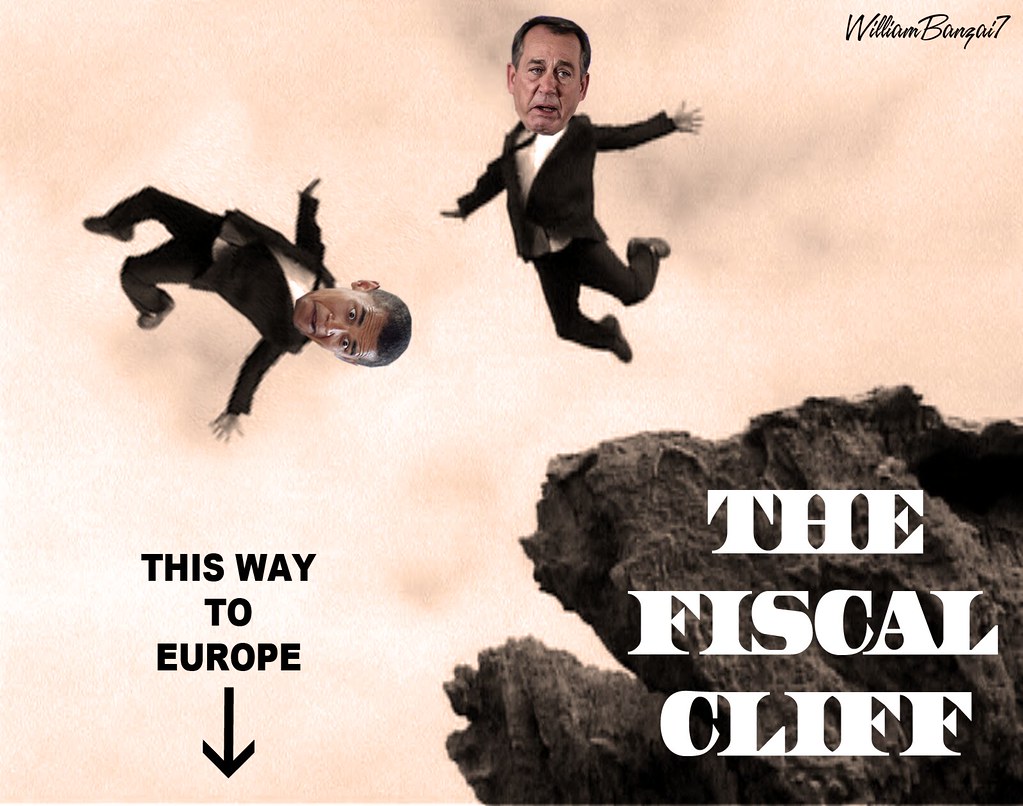These charts are made by one of people I follow on Twitter, Kontan_Bigcat, who seems to have been very meticulously following the published data (both official and private, like NPOs) on radioactivity in Japan and been producing excellent charts visualizing the data.
From his updated togetter on radioactivity in bottom-dwelling fish in northern Japan on the Pacific Ocean side, charts and his comments (I added some English labels):
Halibut, north of Miyagi (Miyagi, Iwate, Aomori, Hokkaido), up to 9/30/2012 data: 20 to 40 Bq/kg in Sendai Bay (Miyagi), no discernible downtrend in radioactivity. Aomori is seeing an increase, from 5 Bq/kg at most in spring but 20 Bq/kg since summer:
Halibut, outside the 30-kilometer radius from Fukushima I Nuclear Power Plant, up to 9/30/2012 data: Fish exceeding 1,000 Bq/kg is no longer found, but there is no discernible downtrend in radioactivity:
Shinchi-machi is located just south of Miyagi, and Iwaki City is north of Ibaraki.
Halibut, inside the 30-kilometer radius from Fukushima I Nuclear Power Plant, up to 9/30/2012 data: Monitoring survey inside the 20-kilometer radius started in April, but there doesn't seem to be a difference between inside the 20-kilometer radius and between 20 and 30 kilometer radius. Fish that exceed 1,000 Bq/kg are no longer found, but there is no discernible downtrend in radioactivity:
Halibut, Ibaraki and south of Ibaraki (Chiba), up to 9/30/2012 data: It seems the radioactivity is slowly declining south of Ooarai, but north of Hitachinaka [i.e. closer to Fukushima] continues to show 10 to 40 Bq/kg, and there is no discernible downtrend.:
And the last chart for halibut, plotting all the data points, from north (Aomori, Hokkaido) to south (south of Choshi, Chiba):

Interestingly, the recent high for the radioactivity in halibut was found not inside the 20-kilometer radius from the plant, as one might expect, but outside, off Iwaki City, at 150 Bq/kg or so. The radioactivity in halibut caught in or off Sendai Bay is not far behind.
Kontan_Bigcat also has charts for marbled sole, common skete, greenling, Pacific cod, and Japanese sea bass (not the bottom-dwelling fish, but they feed on food on or near the ocean bottom). One greenling sample near the 20-kilometer radius from the plant tested 25,800 Bq/kg in August this year, as he notes, but successive tests at the location yielded radioactivity one order of magnitude lower (above 1,000 Bq/kg).
As Washington Post reports (quoting AP), Woods Hole researcher Ken Buesseler speculates in his article in Science magazine that steady radioactive cesium levels may indicate that cesium is being freshly supplied from the broken nuclear power plant.
It is possible, but there are other major and obvious sources of radioactive materials all along the coast of northern Japan: Rivers carrying radioactive sediments all the way from the mountains (where a lot of radioactive materials remain, un-"decontaminated"). Abukuma River in Fukushima alone carries 50 billion becquerels of radioactive cesium per day to the Pacific Ocean. The river runs through the contaminated middle third of Fukushima, and reaches Sendai Bay in Miyagi.
He also does not seem to consider "bioconcentration" much either - concentration of radioactive materials going up the food chain. For example, abalones in the seawater with 40bq/kg of radioactive cesium and the non-detectable level of radioactive silver (Ag-110m) were found with high concentration of both, particularly Ag-110m. Abalones eat seaweed.
Then there are coastal currents which shift bottom sands, which seems to be happening as evidenced by increasing radioactivity in halibut caught off Aomori/Hokkaido.
But Mr. Buesseler may have mentioned these in his article, which I do not have access to.
Just like many other stories in the past about Fukushima, his article, or the articles by the foreign media based on his article have been (re-)imported to Japan, and some Japanese are tweeting the same thing they have tweeted often before: "See, a foreign scientist is saying this, and the respected foreign media is reporting it! See how our own government and media lie and hide stuff! Fukushima I Nuke Plant is leaking!"
They do not read the fine print, that the Woods Hole researcher created his charts using the data from the Japanese government (and probably TEPCO, which is now part of the government), which has been available to anyone all along, and that it is his hypothesis that the plant continues to leak radioactive water.
But that's too much details for them, apparently.

















 Tokyo Time
Tokyo Time
![[Most Recent Quotes from www.kitco.com]](http://www.kitconet.com/charts/metals/gold/t24_au_en_usoz_2.gif)

